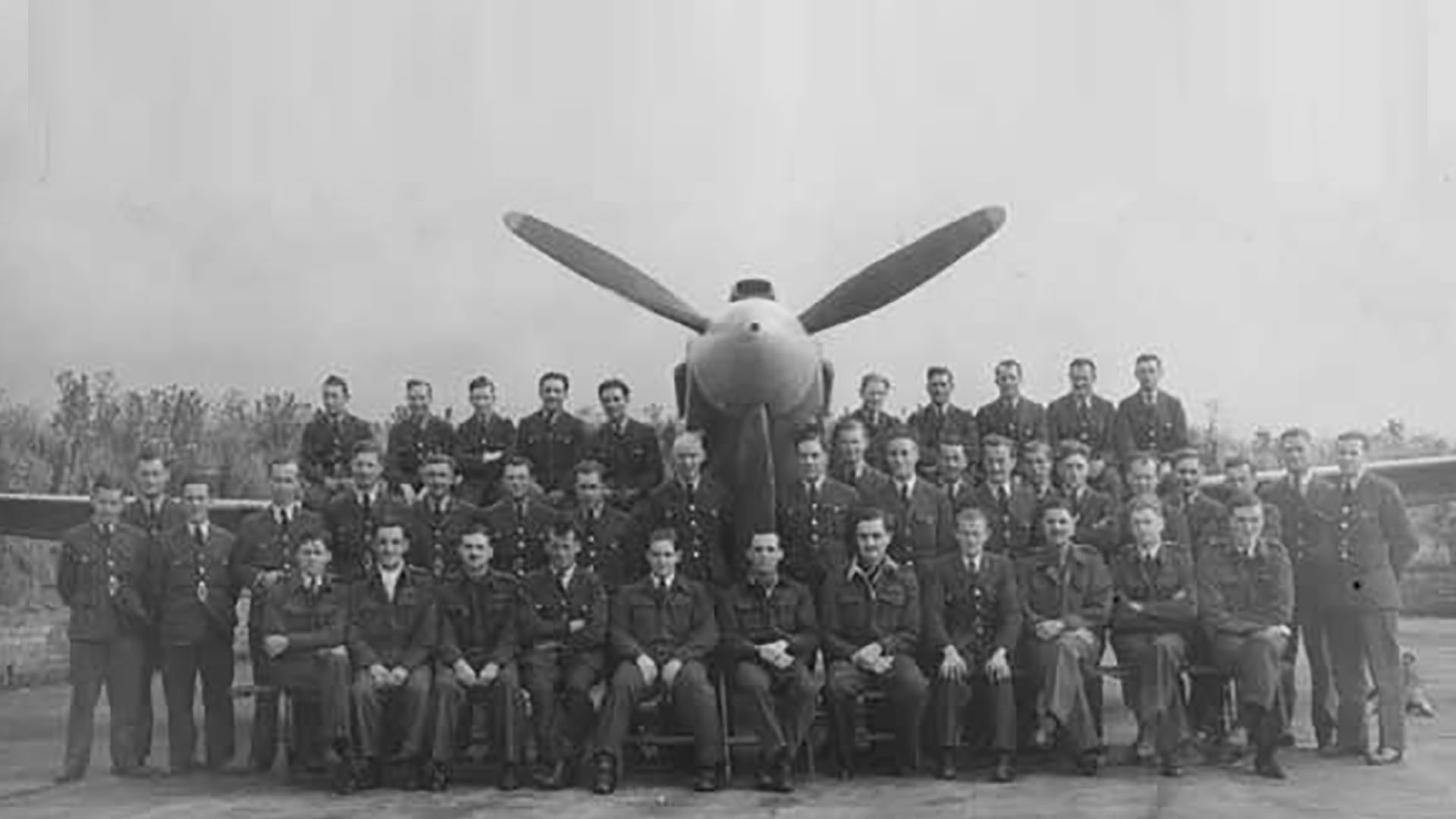RAF 26 Squadron, known as the South African Squadron formed at RAF Netheravon, Wiltshire on 8th October 1915. Their motto is the Afrikaans 'N Wagter in die Lug', which means 'a guard in the sky'. The squadron crests features the head of a Springbok, the national animal of South Africa.
At the beginning of World War Two, RAF 26 Squadron was an army cooperation squadron flying Westland Lysanders. They were one of the few Lysander Squadrons not to suffer heavy losses in France. The squadron took part in reconnaissance, bombing, and supply sortie. After the fall of France, RAF 26 Squadron operated as a reconnaissance unit flying coastal patrols.
In February 1941, the unit received Curtiss P-40 Tomahawk planes. This enabled low-level daylight intruder missions over France. By January 1942, they used the American Mustang I, which was better suited to the role. In July 1943, most of the unit moved from the south coast of England to Yorkshire, training for D-Day. For the D-Day landings and the following period, the Mustangs gave way to Supermarine Spitfires.
Back Row: 1. 2. 3. 4. 5. 6. 7. 8. 9. 10. Middle Row: 1. 2. 3. 4. 5. 6. 7. 8. 9. 10. 11. 12. 13. 14. 15. 16. 17. 18. 19. 20. 21. Front Row:1. Flying Officer Hughes, 2. Flying Officer McKinnon, 3. Flying Officer Stooks, 4. 5. Flying Officer Doug Murray, 6. Flight Lieutenant Kit North-Lewis, 7. 8. 9. 10. Flight Lieutenant Pope, 11. Flying Officer Griffiths.
While the majority of RAF 26 Squadron trained at RAF Church Fenton, Yorkshire in the run-up to the Normandy invasion, one flight operated in Northern Ireland. B Flight arrived at RAF Ballyhalbert, Co. Down on 19th July 1943 with their American Mustang I planes. Positioned on the Co. Down coast, they performed a convoy escort role. The squadron remained until 3rd March 1944 before returning to join the rest of the squadron in Yorkshire.
